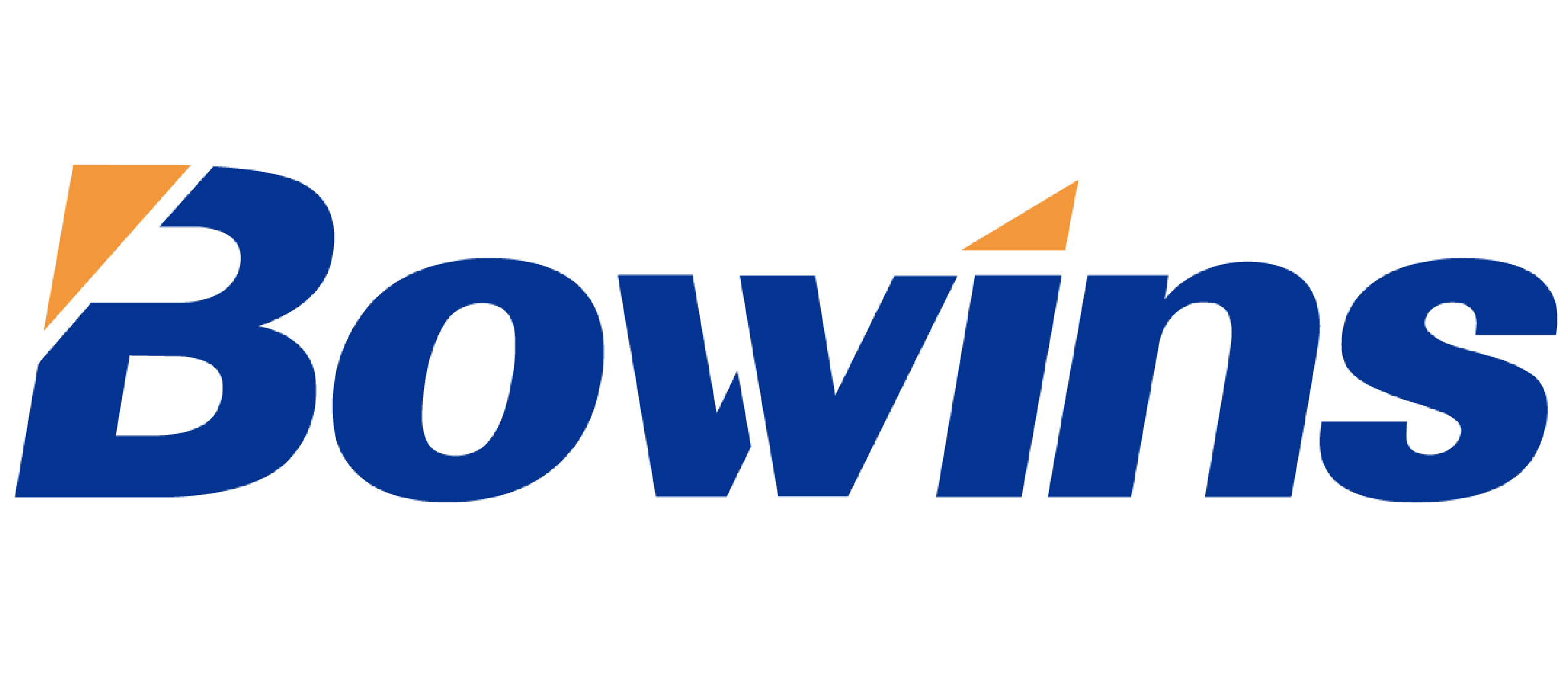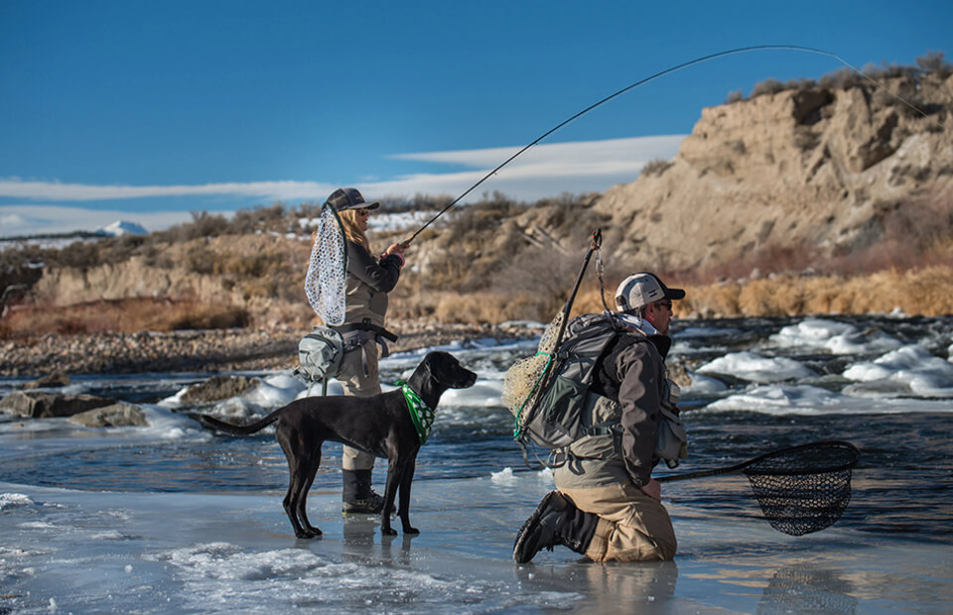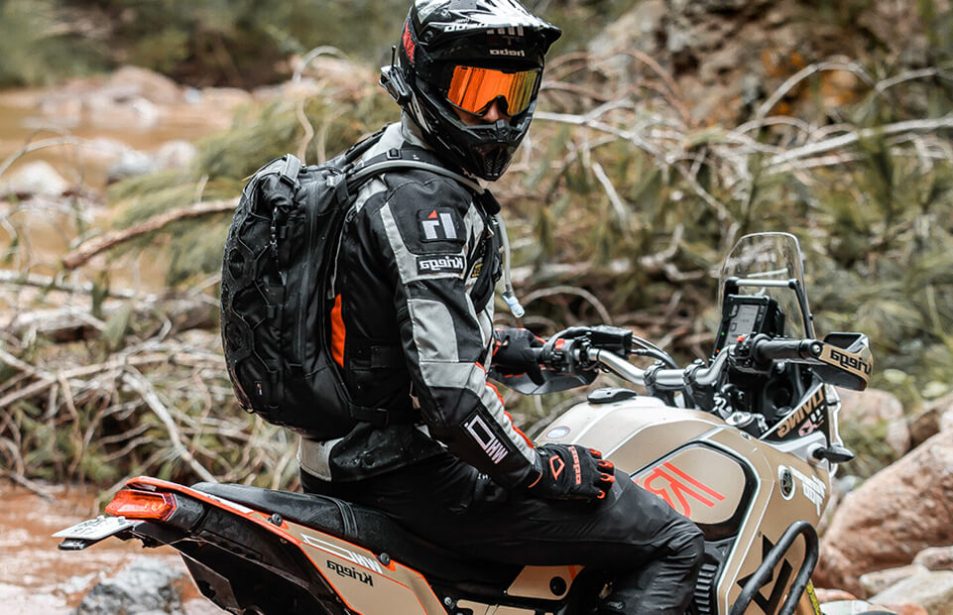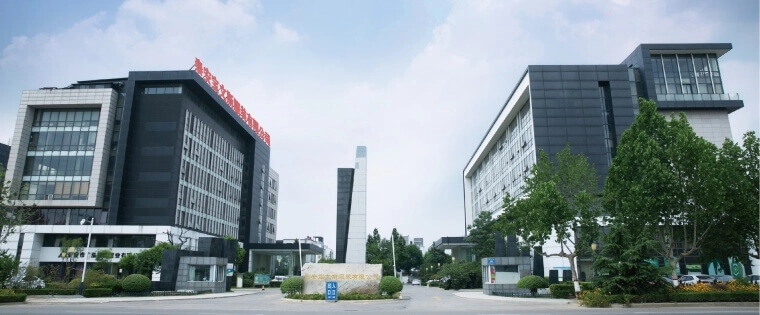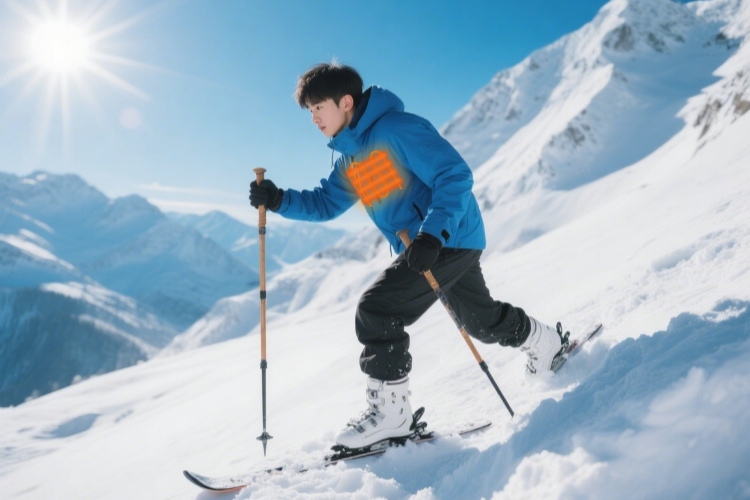Heated Ski Jackets: Main Disadvantages and Mitigation Tips
Heated Ski Jackets: Main Disadvantages and Mitigation Tips
Heated ski jackets have rapidly expanded within the global winter sports and outdoor apparel sector. As skiing participation continues to rise across Europe, North America, and East Asia, B2B buyers are increasingly adding heated apparel—especially heated ski jackets—to their seasonal product lines. While these garments deliver superior warmth through integrated heating elements, they also present specific disadvantages that buyers must understand before placing large-volume orders.
This article provides a detailed industry analysis, examines common performance issues, and offers practical mitigation strategies to help B2B buyers source higher-quality heated ski jackets.
Industry Background and Market Trends
According to multiple winter apparel market reports, the global heated clothing market has grown at an annual rate exceeding 15% over the past three years. Heated ski jackets represent one of the fastest-expanding categories due to their premium pricing, technical features, and increasing adoption among recreational skiers.
Key drivers include:
1. Rising participation in winter sports
More beginners and intermediate skiers are joining resorts in Europe and North America. They require enhanced warmth solutions, especially in sub-zero temperatures where traditional insulation becomes insufficient.
2. Advancements in heating technology
Flexible carbon-fiber heating sheets, graphene elements, and low-voltage control systems allow heated ski jackets to offer safer and more stable performance.
3. B2B buyers upgrading product portfolios
Retailers, distributors, and importers increasingly view heated ski jackets as a high-margin category that enhances brand positioning during winter seasons.
Despite this rapid growth, heated ski jackets still face several disadvantages that buyers must evaluate when selecting suppliers and components.
Main Disadvantages of Heated Ski Jackets
1. Limited Battery Life in Extremely Cold Environments
Battery runtime is the most common performance limitation. While heated ski jackets often advertise 6–10 hours of heating, real usage is shorter during harsh weather. Low temperatures reduce lithium-ion battery discharge efficiency, and continuous high-level heating further accelerates power drain.
Mitigation Tips
Choose jackets using high-capacity 10,000–20,000 mAh power banks with strong low-temperature discharge performance.
Select suppliers offering multiple heating modes, enabling users to reduce output when not needed.
Prioritize graphene or carbon-fiber heating elements, which consume less power at similar heat output.
Ensure battery placement is insulated to maintain temperature stability.
2. Increased Product Weight Compared to Standard Ski Jackets
Adding heating pads, control modules, wiring, and power banks results in heavier garments. Excessive weight may affect mobility, especially for long-distance skiing or backcountry activities.
Mitigation Tips
Opt for lightweight carbon-fiber heating films instead of traditional metal wire solutions.
Use aerogel or high-loft synthetic insulation, which reduces weight while maintaining warmth.
Request weight-optimized battery cases and low-profile switches to reduce overall load.
3. Potential Durability Issues in Wiring and Heating Zones
Heated ski jackets require internal wiring systems running between heating zones. Frequent bending, wash cycles, stretching, and skiing movements may increase the risk of circuit damage or hotspot formation.
Mitigation Tips
Ensure suppliers follow full-stress testing, including 5,000–10,000 bend-resistance cycles.
Select designs with reinforced stitching around heating panels and flexible cable routing.
Confirm the heating system is fully water-resistant and insulated to prevent moisture intrusion.
Require suppliers to provide complete testing reports to verify long-term durability.
4. Higher Production Cost and Wholesale Prices
Compared to standard insulated ski jackets, heated ski jackets involve electronic components, certified batteries, more complex assembly, and additional quality-control procedures. This results in higher production costs and higher wholesale pricing for importers.
Mitigation Tips
Work with suppliers offering modular heating systems, allowing parts to be replaced instead of redesigning entire garments.
Optimize designs to balance feature set vs. price positioning.
Choose suppliers that maintain in-house PCB assembly and testing, reducing outsourcing costs.
Order in bulk production batches to negotiate lower unit pricing.
Additional Technical Considerations for B2B Buyers
Heating Technology Options
Two mainstream technologies dominate the heated ski jacket market:
Carbon-Fiber Heating Sheets
Lightweight, flexible
Even heat distribution
Lower power consumption
Graphene Heating Films
Ultra-thin and highly conductive
Fast heat-up time
Longer lifespan
Buyers should assess which heating solution aligns with the target market’s performance expectations.
Battery Safety and Certification Requirements
When sourcing heated ski jackets internationally, compliance is essential. Power banks and embedded electronics may require certifications such as CE, FCC, UL, or PSE depending on the destination market. Buyers should also verify:
Overheat protection
Short-circuit protection
Stable low-voltage control architecture
Fire-resistant casing materials
Reliable suppliers provide full documentation and batch test reports.
Manufacturing and Quality Control Insights
Although designs vary, heated ski jacket production typically includes:
Step 1: Heating Panel Integration
Heating panels are laminated or sewn into the lining using heat-resistant adhesives.
Step 2: Wiring and Control Module Assembly
Flexible cables are routed through protected channels to prevent pulling or abrasion.
Step 3: Battery Pocket Construction
Pockets must remain accessible while ensuring insulation and water resistance.
Step 4: Final Performance Testing
Every jacket undergoes heating uniformity tests, temperature calibration, and safety checks.
Understanding the manufacturing workflow helps buyers evaluate supplier capabilities and detect potential quality problems early.
FAQ for B2B Buyers
1. Are heated ski jackets safe for long-term wear?
Yes, when produced using certified batteries, stable low-voltage systems, and proper insulation. Buyers should avoid suppliers without documented safety testing.
2. How long do heated ski jackets usually last?
High-quality jackets typically last several winter seasons. Durability depends on heating material, wiring design, and washing-resistance treatment.
3. Do heated ski jackets require special washing instructions?
Most models support hand washing or gentle machine washing after removing the battery. Heating components must be fully sealed to prevent water damage.
4. What are the most common customer complaints?
Short battery life, uneven heating, heavy weight, and wiring failure. These issues can be minimized by selecting premium components and performing thorough QC checks.
Conclusion and Professional Call to Action
Heated ski jackets deliver meaningful advantages to winter sport enthusiasts, but they also involve specific technical challenges. Understanding the main disadvantages—battery limitations, durability concerns, added weight, and higher cost—helps B2B buyers make informed sourcing decisions. By working closely with reliable manufacturers, selecting advanced heating materials, and establishing rigorous quality control procedures, buyers can significantly improve product performance and customer satisfaction.
If you need professional sourcing support, technical customization, or bulk production guidance for heated ski jackets, we can provide engineering assistance, sample development, and full manufacturing solutions tailored to your market. Feel free to share your product requirements or target specifications, and we will help you build a strong and competitive heated apparel collection.
